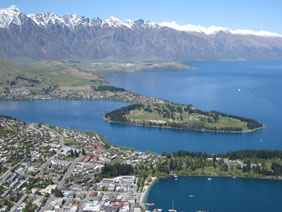Canon Digital Ixus 860IS / PowerShot SD870 IS Digital Elph
-
-
Written by Gordon Laing
Canon Ixus 860 IS / PowerShot SD870 vs Panasonic Lumix DMC-FX33
Canon Ixus 860 IS / PowerShot SD870 results : Outdoor resolution / Studio resolution / Real life Noise
Canon Digital Ixus 860 IS / PowerShot SD870 results continued…
outdoor |
To compare real-life performance we shot the same scene with the Canon Ixus 860 IS / PowerShot SD870 and the Panasonic Lumix DMC-FX33 within a few moments of each other using their Auto modes, best quality JPEG and lowest ISO settings. The lenses on each camera were adjusted to deliver the same field of view. The image left was taken with the Canon Ixus 860 IS / PowerShot SD870 at 8mm f10 and with a sensitivity of 80 ISO; the original JPEG measured 3.91MB. The crops are taken from the upper left, center, lower right and lower left portions of the originals and presented here at 100%. At first glance the Canon Ixus 860IS / PowerShot SD870 IS appears to deliver superior results to the Lumix FX33 across the board. The Panasonic crops look noticeably softer with lower sharpness and contrast. Much of this is however due to a different approach to image processing. Look closely and there’s hardly any difference in actual resolvable real-life detail. The Canon is applying greater in-camera sharpening and contrast with punchier default output as a result. There’s no denying the Canon’s crops have an attractive lively feel to them, but a similar effect can be achieved with the Panasonic by simply applying greater sharpening and contrast. Due to the lack of settings on either camera though, this is something you’ll need to adjust after the event. Note: both cameras selected very small apertures in this bright scene. This will inevitably result in some diffraction and loss of ultimate detail, but short of holding a neutral density filter in front of the lens, there’s no way to get them to select the larger aperture in conditions like these – they are essentially automatic cameras. Now let’s have a look at how the Canon measures-up in our 860IS / SD870 IS studio resolution results. |
Canon Ixus 860 IS / PowerShot SD870 |
Panasonic Lumix DMC-FX33 | |
 |  | |
f10, 80 ISO |
f10, 100 ISO | |
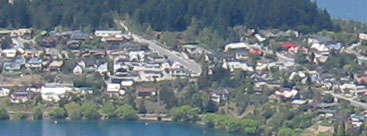 | 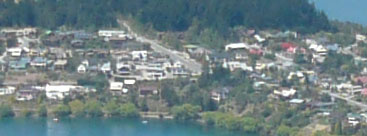 | |
f10, 80 ISO |
f10, 100 ISO | |
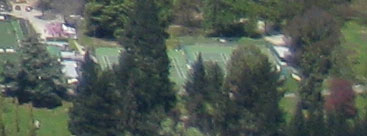 | 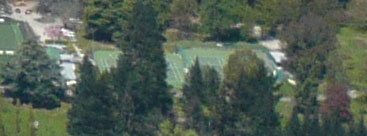 | |
f10, 80 ISO |
f10, 100 ISO | |
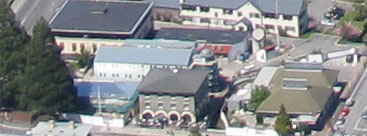 | 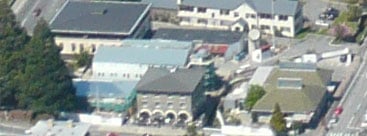 | |
f10, 80 ISO |
f10, 100 ISO |
